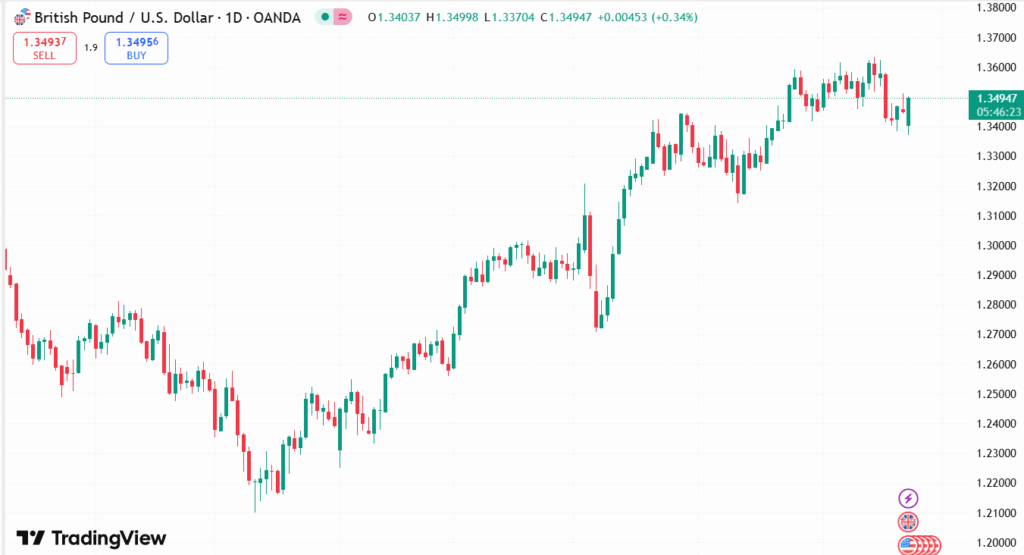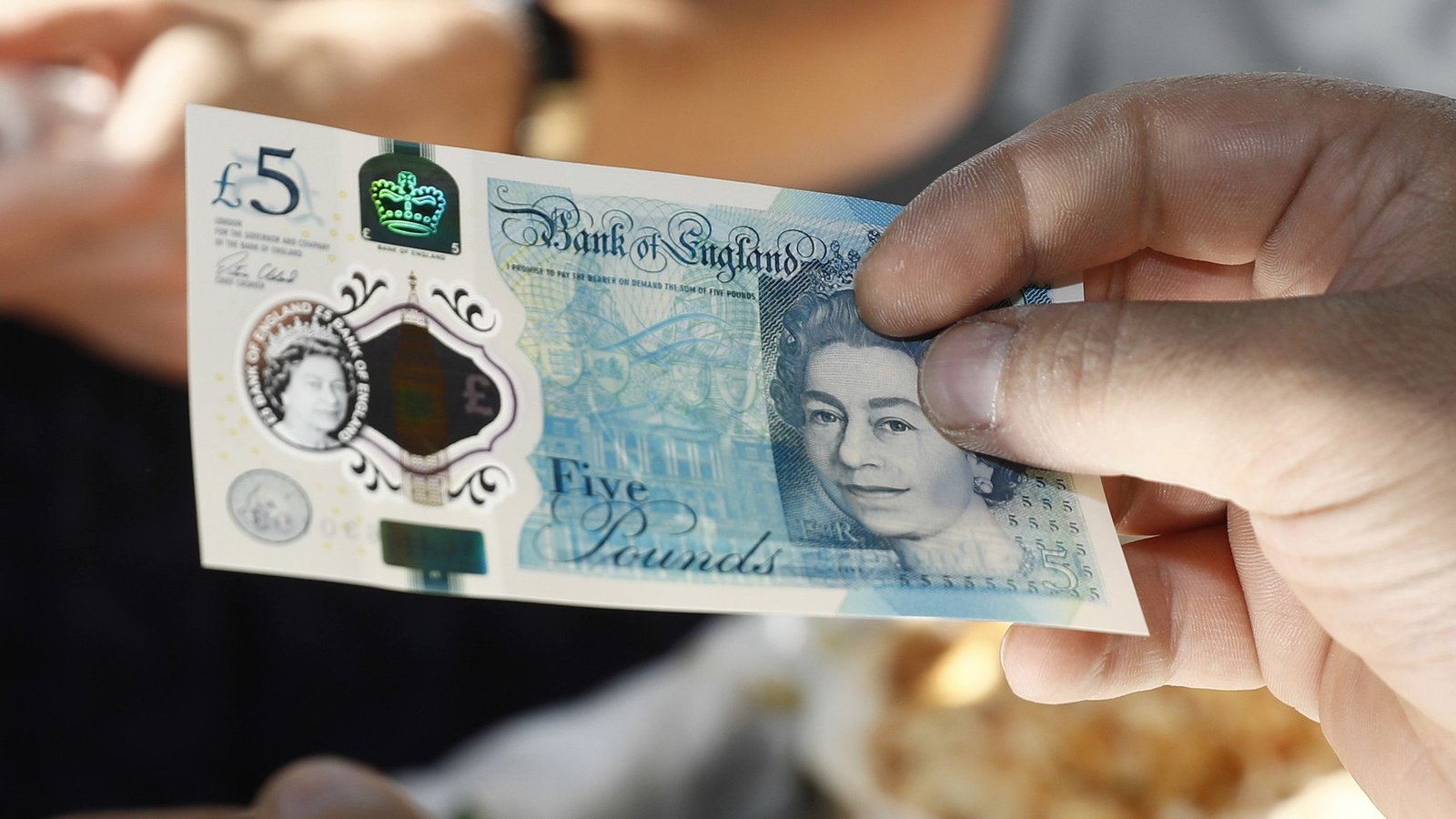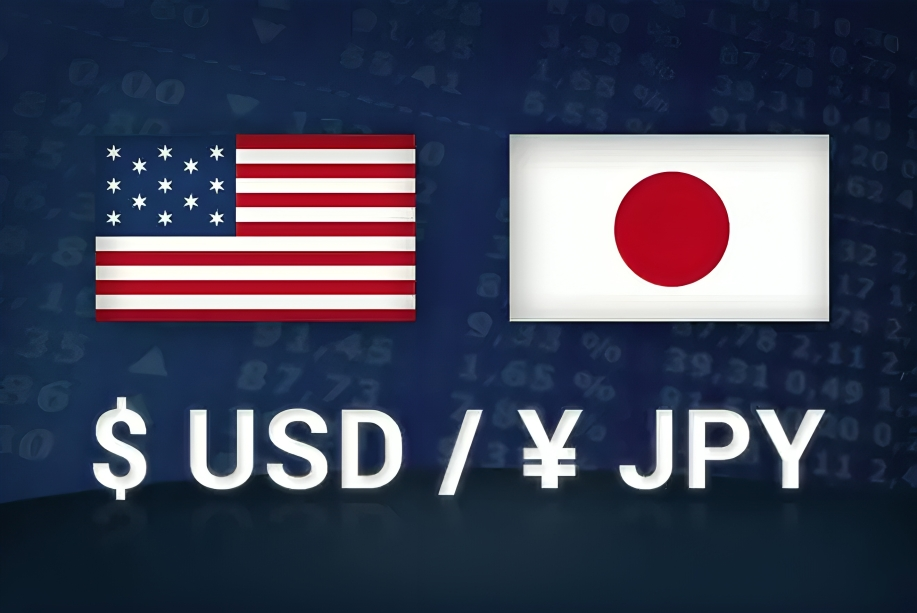Pound Sterling (GBP) fell sharply against the US Dollar (USD), dropping below the 1.3400 level as geopolitical tensions between the United States and Iran surged. The weekend US military attack on Iranian nuclear facilities triggered a dash for safety, fueling demand for the US Dollar as a safe-haven asset. Despite upbeat UK flash PMI data showing stronger-than-expected growth in business activity, market sentiment remained risk-averse. The situation worsened as Iran threatened retaliation and considered closing the Strait of Hormuz, adding to global economic uncertainty. Meanwhile, investors await key US PMI data and signals from the Federal Reserve regarding potential rate cuts.
KEY LOOKOUTS
• Increasing tensions between the US and Iran, such as possible retaliation and the threat of closing the Strait of Hormuz, can continue to push safe-haven flows towards the US Dollar.
• In spite of better-than-forecast UK flash PMI readings, the Pound continues to come under pressure; subsequent data releases might find it difficult to change sentiment without geopolitical calm.
• Converging signals from the Bank of England and US Federal Reserve, with the dovish tilt from the latter, will drive GBP/USD in the near term.
• The pair has key support at 1.3250 and resistance at 1.3630, with a fall below the 20-day EMA indicating a bearish near-term trend.

Pound Sterling continues to soften versus the US Dollar, dropping below 1.3400 as the increase in US-Iran tensions boosts safe-haven demand. Risk-averse mood in the market was strengthened by an unexpected US airstrike on Iranian nuclear sites, with the rise in concerns over regional stability and global oil supply interferences. The GBP is still under pressure despite the UK’s reporting of better-than-anticipated flash PMI numbers for June. With Iran warning of retaliation and talking of closure of the Strait of Hormuz, geopolitical uncertainty dominates economic indicators. Traders are waiting for US PMI data and other signals from the Federal Reserve regarding possible rate cuts, which may define the next steps for the GBP/USD pair.
The Pound Sterling fell to below 1.3400 against the US Dollar amidst increased US-Iran tensions and flight to safe-haven assets. In spite of positive UK PMI readings, geopolitical uncertainties still weigh on the GBP. Investors now look towards forthcoming US PMI readings and Fed policy cues for more guidance.
• GBP/USD dipped below 1.3400 amidst increasing US-Iran geopolitical tensions.
• Demand for US Dollar rose as investors favored safe-haven assets.
• US military attack on Iran nuclear facilities triggered risk aversion in global markets.
• Iran retaliated threat and threatened to close Strait of Hormuz, a potential oil supply disruption.
• UK flash PMI report topped expectations, with improved business activity.
• Bank of England continued dovish tone, with gradual rate-cut forward guidance.
• Fed Governor Waller signaled July rate cuts, putting pressure on USD gains if acted upon.
Rising geopolitical tensions between Iran and the United States have provoked a change in global market sentiment that has forced investors into safe-haven investments such as the US Dollar. The Pound Sterling has been under strain as markets absorb the information of the US airstrikes against three Iranian nuclear sites—an operation that has significantly increased fears of reprisals and additional unrest in the Middle East. Iran’s reaction, a threat to shut the Strait of Hormuz, brings yet more risk into global energy supply chains, further unnerving investors and shifting attention away from the release of economic data.
GBP/USD DAILY PRICE CHART

SOURCE: TradingView
Elsewhere, in the United Kingdom, publication of positive flash PMI numbers for June revealed strength in both manufacturing and services sectors, with the Composite PMI improving more strongly than anticipated. Even so, this upbeat economic growth has done nothing to support the Pound as wider geopolitical fears dominate. The Bank of England’s prudent monetary easing also confirms a wait-and-see policy as greater external threats come from increasing energy costs and worldwide tensions. Traders are keeping close watch on future US economic releases and other happenings in the Middle East to watch what the market does next.
TECHNICAL ANALYSIS
GBP/USD currency pair has a bearish bias, as it is trading below the 20-day Exponential Moving Average (EMA), which is standing at about 1.3477. This reflects ongoing downward pressure against the Pound Sterling. The 14-day Relative Strength Index (RSI) is just above the neutral 50 level, reflecting no dominant direction but rather a slightly bearish stance. To the downside, support is close to the May 16 low at 1.3250, which may serve as a key floor if the pair keeps falling. To the upside, resistance is visible close to the multi-year high of 1.3630, a level that needs to be broken to indicate a trend reversal.

FORECAST
If geopolitical tensions start to ease and risk mood improves, the Pound Sterling could gain some ground against the US Dollar. A resolution or de-escalation of the conflict between the US and Iran could lead to safe-haven demand for the Dollar diminishing, enabling GBP/USD to recover. On the other hand, if future US economic data falls short or the Federal Reserve indicates a more drastic rate-cut trajectory during July, the US Dollar will lose strength, resulting in upward momentum for the pair. Under such circumstances, the GBP/USD can aim for levels of resistance at 1.3477 and possibly hit the 1.3600 level if upbeat momentum is maintained.
Conversely, if geopolitical tensions in the Middle East get worse or Iran strikes back, risk aversion in the market can intensify, driving demand for the US Dollar even higher and moving GBP/USD lower. A possible disruption in oil supply through the Strait of Hormuz can also spur global inflation concerns, making the Dollar’s safe-haven appeal even stronger. Moreover, any hints of UK economic slowdown or dovish Bank of England cues would enhance bearish pressure. In such an event, the pair could test 1.3250 support, with a breach below risking a slide to 1.3100 as the next major downside target.







